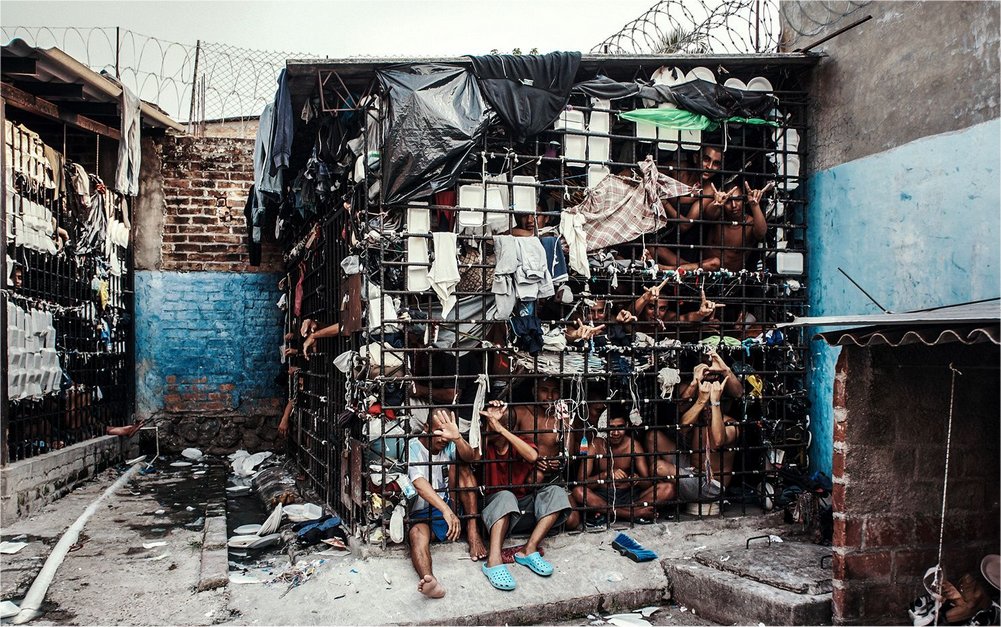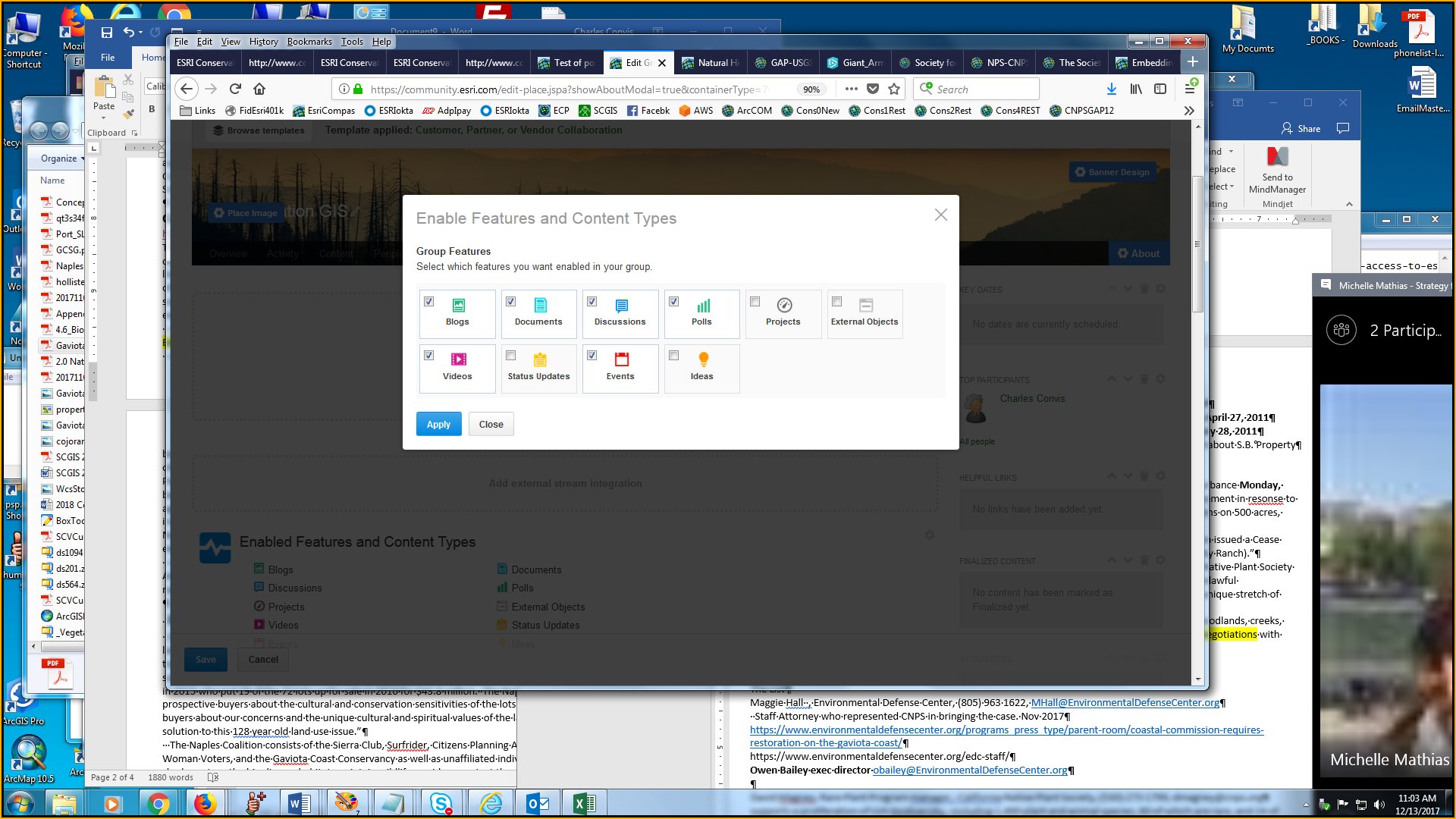Turn on suggestions
Auto-suggest helps you quickly narrow down your search results by suggesting possible matches as you type.
Cancel
Conservation GIS - Page 3
Turn on suggestions
Auto-suggest helps you quickly narrow down your search results by suggesting possible matches as you type.
- Home
- :
- All Communities
- :
- User Groups
- :
- Conservation GIS
- :
- Blog
- :
- Conservation GIS - Page 3
Options
- Mark all as New
- Mark all as Read
- Float this item to the top
- Subscribe to This Board
- Bookmark
- Subscribe to RSS Feed
Subscribe to This Board
Latest Activity
(26 Posts)by
Anonymous User
Not applicable
10-23-2018
10:14 AM
0
0
626
by
Anonymous User
Not applicable
10-23-2018
10:11 AM
0
0
509
by
Anonymous User
Not applicable
10-19-2018
09:37 AM
0
0
265
17 Subscribers
Popular Articles
GIS for Conservationists
Anonymous User
Not applicable
3 Kudos
0 Comments
Why should GIS matter to Queer People?
Anonymous User
Not applicable
3 Kudos
0 Comments
Ela Šegina, Slovenia
ElaSegina
Emerging Contributor
1 Kudos
0 Comments






